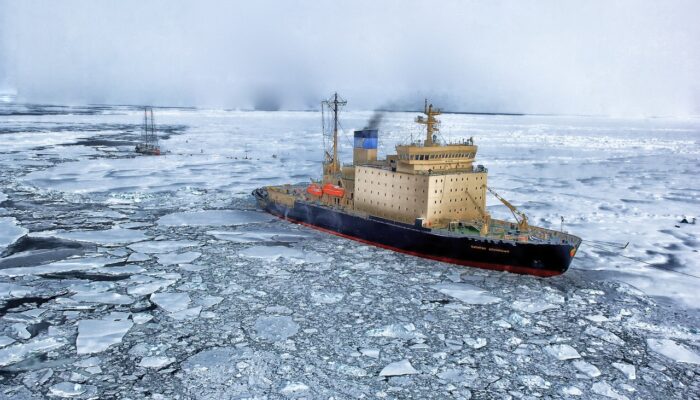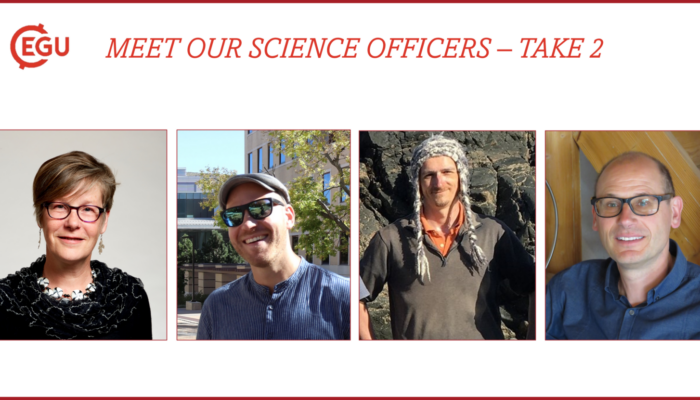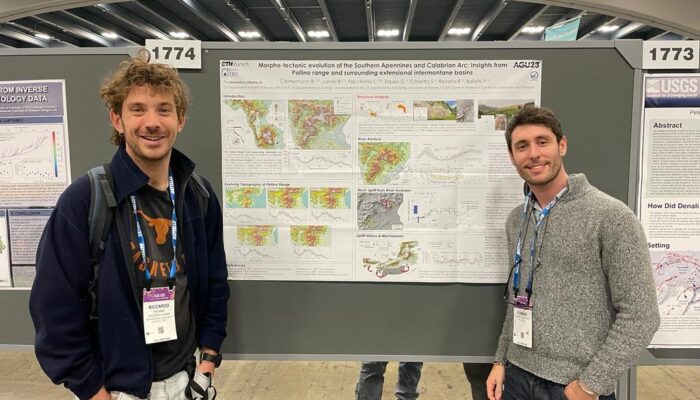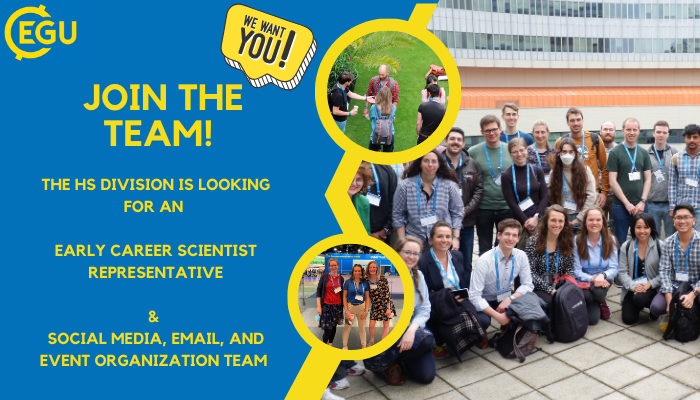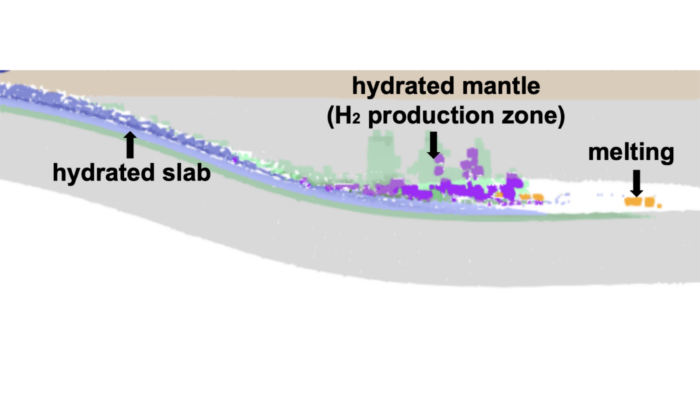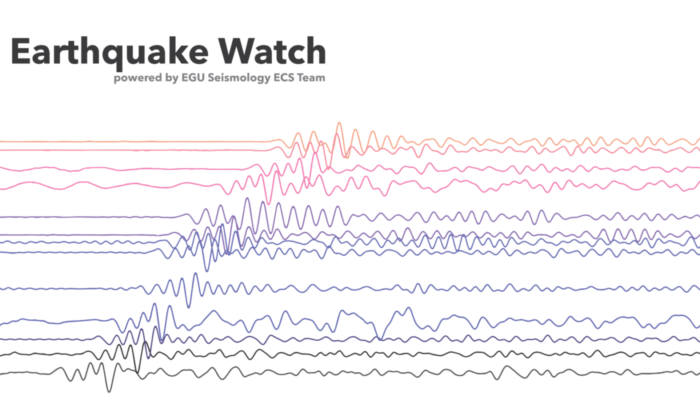Increased maritime transport in the Arctic, facilitated by the reduction in sea ice cover, is causing tremendous harm to an already vulnerable part of the world. Insufficient regulation of Arctic shipping has detrimental environmental effects on a global scale. These effects include, e.g. underwater noise pollution, oil spill risk and threats to the global climate. But did you know what role regul ...[Read More]
If you didn't find what you was looking for try searching again.
GeoLog
QUARTETnary – The card game about the geological time scale
Do you like games? Do you like the Earth? Then you will love QUARTETnary! QUARTETnary is a card game about the geological time scale, developed by long-term EGU members Iris van Zelst and Lucia Perez-Diaz and partly funded through the EGU Public Engagement Grant 2021. The game is finally ready to be manufactured, but in order for that to happen, we need you! So back the Kickstarter to secure your ...[Read More]
Geodesy
Expanding the picture: What does a geodesist look like?
Think of a geodesist. What names come up in you? What do they look like? Do they have glasses? Is their hair short or long, grey or blonde? What’s their country of origin? Can you imagine them wearing a dress? And how come so many of them run marathons? I’m joking, but hopefully you get the picture. Geodesists, especially the ones in power positions, are not the most diverse bunch of people. Since ...[Read More]
Geochemistry, Mineralogy, Petrology & Volcanology
Meet our EGU-GMPV Science officers – take 2
As we approach the EGU General Assembly, we remember that there are a number of people working hard to ensure that sessions on our favourite topics are secured. This also ensures that topics of interest to as wide a range of scientists as possible are covered. This is why the GMPV Division has representatives from the various fields of geochemistry, mineralogy, petrology and volcanology. Last time ...[Read More]
Geomorphology
AGU Report
by Romano Clementucci, PostDoc, ETH Zurich (Switzerland) Twitter: @RomanoClementu1 | email: rclementucci@erdw.ethz.ch As postdoctoral researchers, advancing our careers often involves attending an international congress. In December 2023, I achieved this goal by participating in AGU23, marking my first attendance after several consecutive years at EGU. It was exhilarating to share my research ...[Read More]
Hydrological Sciences
Join the Early Career Scientist Representative (ECS Rep) Team of the Hydrological Sciences (HS) Division of EGU
With the General Assembly of the European Geosciences Union (EGU) in Vienna (April 14-19) approaching fast, it’s time to assemble the new team to represent Early Career Scientists (ECS) of the Hydrological Sciences Division! We’re looking for a new ECS representative, as well as team members to coordinate social media, our newsletter, online campfires, and to join our fantastic blog team led by B ...[Read More]
Tectonics and Structural Geology
TS Must-Read – Mancktelow (2008): Tectonic pressure: Theoretical concepts and modelled examples
Neil Mancktelow published this Must-Read paper on the concept of “tectonic pressure” in 2008. The paper reviews previous work and theoretical concepts published on this fundamental topic. Additionally, numerical models that estimate the magnitude of tectonic pressure variations are presented for several realistic natural structures, such as folds, boudins, and inclusions. The premise of tectonic p ...[Read More]
GeoLog
AI-based tools in scientific publishing: to what extent can we rely on them?
Academic publishing has considerably evolved in response to technological developments. Current discussions revolve around the rise of generative Artificial Intelligence (AI) tools or Large Language Models (LLM). They exceed the capabilities of simple spelling and grammar checkers or translation software and their use in the publication process has several implications that need to be considered. ...[Read More]
Geodynamics
H2 production associated with mantle wedge hydration in subduction zones
Dihydrogen (H2) is a promising source of energy that may allow reducing carbon emissions in industry and transportation. Artificial production methods have been explored, natural sources of H2 (also called white dihydrogen) offer a more eco-friendly and cost-effective production process. In this week’s blog post, Alexis Gauthier, a PhD student from ISTeP, France, is discussing the H2 production pr ...[Read More]
Seismology
Earthquake Watch: Seismicity in the Reykjanes Peninsula, Iceland
For this Earthquake Watch we are very happy to have Yesim Cubuk-Sabuncu write about the seismicity around the recent eruptions in the Reykjanes Peninsula, Iceland! Yesim is a postdoctoral researcher in seismology at the Icelandic Meteorological Office, Service and Research Division since 2019. She obtained her Ph.D. in Geophysical Engineering at the Istanbul Technical University, Turkey in 2016. L ...[Read More]

